Many of my clients are scientists, engineers, and accountants. They are always interested in making their content more compelling, but when I mention storytelling as a technique, I sometimes get a funny look. It’s as if they are s aying, “What? Do you mean I should tell a story while giving a presentation? You must be kidding, right?”
aying, “What? Do you mean I should tell a story while giving a presentation? You must be kidding, right?”
Maybe you have heard you should use stories to bring your content to life, but aren’t sure why or how storytelling adds value. You might even wonder if using stories is worth the risk of looking silly, or worth the time it will take to learn to do it well. Here are some of the compelling reasons why I think it is worthwhile to use stories and storytelling in your presentations.
Top ten reasons to include stories in your presentations:
1. Makes your presentation more interesting. Sure, those numbers are fascinating to you, but others may not think so. Adding a story can bring the numbers to life, and make them more compelling. For example, instead of dwelling just on dollars during a fund-raiser, bring in human-interest stories about why the money is important.
2. Engages the audience. It is pretty easy to daydream through a data-driven or technical presentation. But when a story begins, we get drawn in. Think about watching a boring television program when all at once the advertisement comes on. The ad uses story, dialog, character, sounds, and music to tell the story. You are drawn into the story despite yourself.
3. Increases retention. We remember very little in the way of facts and details; only about 10% of what we hear. But when you tell a story and engage the emotions and the senses, we tend to remember more. If you doubt it, think back to some of the childhood stories you loved as a child, and see how much you can remember. Now, compare that to the last meeting you attended. My guess is you actually can recall more of the old story than the new content without a story.
4. A more subtle way to make a point. Tell me what I “should” do and I get defensive. Tell me a story and I get pulled in and the lesson sticks. Any parent of teenagers probably knows this one, but it can be very effective. “Here’s what happened to someone I know….”
5. Can add a touch of humor. You may not be able to tell a joke, and perhaps you shouldn’t, but you can add personal interest and humor. Choose stories or anecdotes that are true to you, that always get a good laugh, and that can help illustrate a point you are making. In stories, you can be silly or playful, and it is OK because it is part of the story.
6. Provides illustration. When a speaker tells a story, I can easily imagine myself in the situation. What would I do? How would I feel? This is a great way for me to “see” the situation rather than just hearing facts about it.
7. Humanizes the speaker. When you tell a story about a mistake you made or a problem you were experiencing, you take away some of the distance between you and your audience. You may be the subject matter expert or the boss, but at a human level, we share similar experiences and reactions.
8. Makes material believable, “real.” If I am telling you how to overcome objections, I may give you a procedure or process. But when I share an example of how it worked (or didn’t) for me, it demonstrates that this is real, not theory.
9. Motivating; we can learn from others’ mistakes. One of the areas many of my clients work in is safety training. For many, this is mandatory training and something they have heard time after time. All the data in the world won’t help if it goes in one ear and out the other. But insert a story about something that went wrong, or almost went wrong, and it makes us perk up our ears. I learned the lesson vicariously, and it sticks with me.
10. Sets the tone. When you open with a story, you send a powerful signal that your presentation is going to be different, more interesting, and engaging. Especially if your content is perceived as dry or difficult, you have already raised the bar from the run-of-the-mill presenter.
As you can see, telling stories as part of your presentation is a powerful tool. If you are reading this you probably don’t consider yourself a “natural” storyteller. Truth be told, sometimes natural storytellers don’t choose the right stories, and they don’t always connect them to the content as well as they could. You can learn to use stories effectively and appropriately. Next time, we will discuss the do’s and don’ts for telling stories in your presentations.
Until then, I would love to hear from you. What advantages do you see in using stories in your presentations? If you are not a “natural” storyteller, how did you learn? What advice would you give others who want to use storytelling in their presentations? Drop me a line and let me know what you think.
 Sections of this topic
Sections of this topic
















